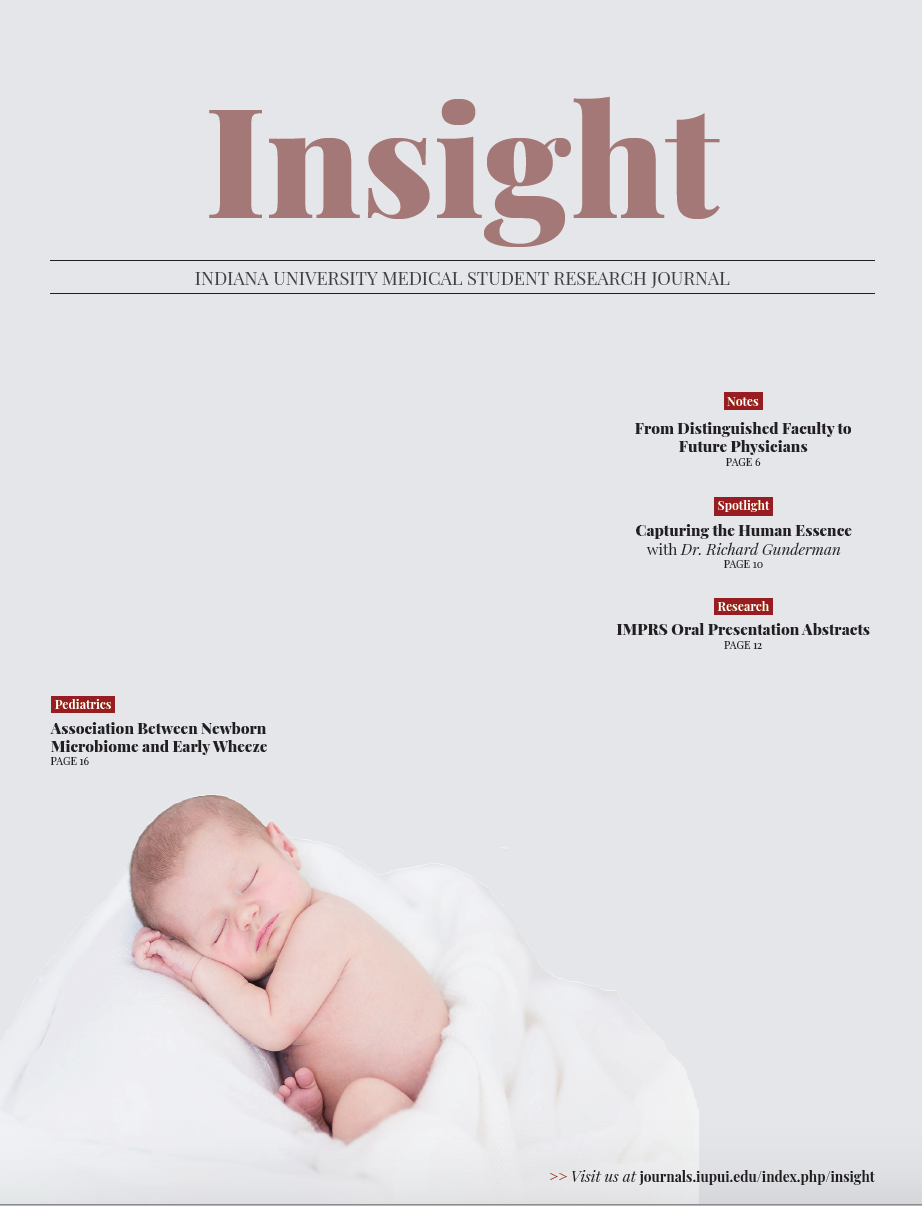Assessment of intravitreal griseofulvin toxicity in mouse models
Abstract
Background and Hypothesis: Ocular neovascularization is characterized by aberrant blood vessel growth in eyes, inducing irreversible vision loss. Common neovascular eye diseases include wet age-related macular degeneration, proliferative diabetic retinopathy, and retinopathy of prematurity, all major contributors to blindness. Current therapies target vascular endothelial growth factor (VEGF), but 30% of patients are unresponsive to anti-VEGF therapies. This limitation demands the discovery of novel therapeutic targets. Our lab discovered that the enzyme ferrochelatase (FECH) is necessary for angiogenesis, and that the antifungal drug griseofulvin, which inhibits FECH as an off-target effect, blocks neovascularization when injected intravitreally in mouse models. Though griseofulvin has demonstrated safety as an oral medication, its ocular safety has never been tested. Thus, we set out to investigate the toxicity of griseofulvin in mouse eyes, and we hypothesized that griseofulvin would not be toxic when delivered intravitreally.
Experimental Design or Project Methods: Mice were intravitreally injected once with vehicle, 25 or 100 μM griseofulvin. In 7-day and 14-day studies, we assessed retinal damage in vivo using fundoscopy, optical coherence tomography (OCT), and electroretinography (ERG) and used ex vivo immunostaining for stress markers.
Results: Assessment of retinal morphology using OCT, fundoscopy, and fluorescein angiography showed that griseofulvin-injected eyes were identical to control eyes. ERG showed that griseofulvin-injected eyes were equal in retinal function to the control. In immunohistochemistry studies, there was no upregulation of stress markers in griseofulvin-injected eyes. Finally, in paraffin sections, griseofulvin-injected eyes were morphologically indistinguishable from the control.
Conclusion and Potential Impact: This lack of ocular toxicity brings griseofulvin closer to becoming an approved treatment for neovascular eye disease.
Downloads
Published
Issue
Section
License
Copyright to works published in Insight is retained by the author(s).

